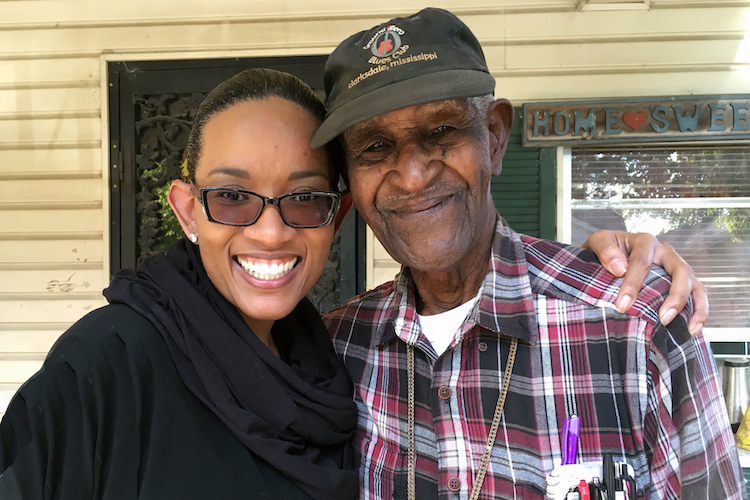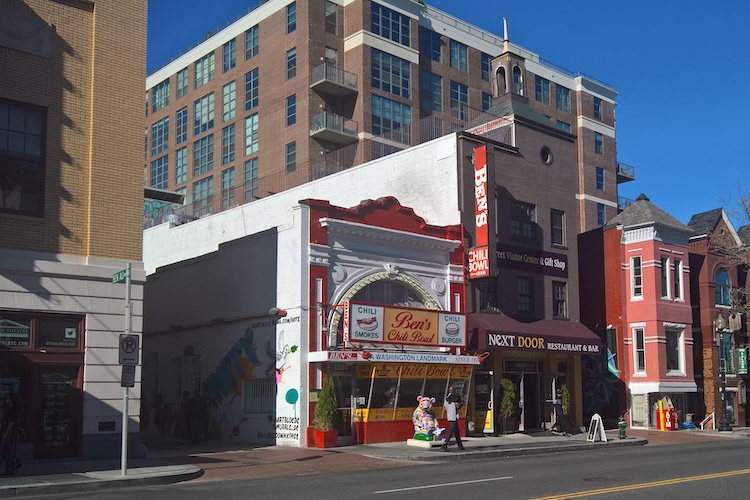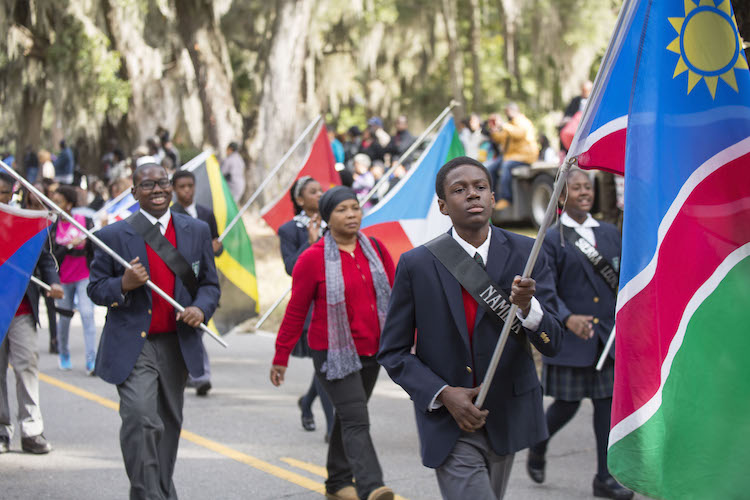What is African American Language and who speaks it?

The language of African Americans has been given many labels over the past fifty years, including Black English, Ebonics, African American English (AAE), African American Vernacular English (AAVE), and, most recently, African American Language (AAL). These different naming practices largely reflect labels created by scholars researching the language at different times. As we'll see below, these labels can reveal ideologies about the researcher.
 These labels don't necessarily refer to the same groups of speakers, but all focus on language use within the African American community. In fact, in Language in the Inner City: Studies in the Black English Vernacular, linguist William Labov (1972:xiii) notes, "by the 'Black English Vernacular', we mean the relatively uniform dialect spoken by the majority of Black youth in most parts of the United States today, especially in the inner city areas of New York, Boston, Detroit, Philadelphia, Washington, Cleveland, Chicago, St. Louis, San Francisco, Los Angeles, and other urban centers. It is also spoken in most rural areas and used in the casual, intimate speech of many adults." Labov goes on to say that the Black English Vernacular under analysis is the "relatively uniform grammar found in its most consistent form in the speech of Black youth from 8 to 19 years old who participate fully in the street culture of the inner cities." In fact, he acknowledges this highly restrictive definition leaves opens regional and other kinds of social differences, but it would take several decades before sociolinguists began actively seeking out social and regional variation in the speech of African Americans (Wolfram 2007).
These labels don't necessarily refer to the same groups of speakers, but all focus on language use within the African American community. In fact, in Language in the Inner City: Studies in the Black English Vernacular, linguist William Labov (1972:xiii) notes, "by the 'Black English Vernacular', we mean the relatively uniform dialect spoken by the majority of Black youth in most parts of the United States today, especially in the inner city areas of New York, Boston, Detroit, Philadelphia, Washington, Cleveland, Chicago, St. Louis, San Francisco, Los Angeles, and other urban centers. It is also spoken in most rural areas and used in the casual, intimate speech of many adults." Labov goes on to say that the Black English Vernacular under analysis is the "relatively uniform grammar found in its most consistent form in the speech of Black youth from 8 to 19 years old who participate fully in the street culture of the inner cities." In fact, he acknowledges this highly restrictive definition leaves opens regional and other kinds of social differences, but it would take several decades before sociolinguists began actively seeking out social and regional variation in the speech of African Americans (Wolfram 2007).
In "From African American Vernacular English to African American Language: Rethinking the Study of Race and Language in African Americans' Speech," Dr. Sharese King discusses three primary functions of naming the variety. First, the name can reflect what members of the racial group call themselves. Labels like Black or African American can potentially be ambiguous terms (Blake 2014). Second, the name can identify how the linguist thinks about the relationship to English or creole varieties (for more about this, see our How Did AAL Develop? page). Finally, the name can identify the subset of African Americans whose language is under analysis. For example, for Labov (1972), Black English Vernacular meant the speech of Black teenagers in cities.
On ORAAL, we use the term African American Language (AAL). We think of AAL as an intentionally broad term meant to encompass all varieties of language use in African American communities, reflecting "differences in age/generation, sex, gender, sexuality, social and socioeconomic class, region, education, religion, and other affiliations and identities that intersect with one's ethnicity/race and nationality" (Lanehart & Malik 2015:3).
In The Oxford Handbook of African American Language, Dr. Sonja Lanehart asked authors to define the label that they used in their chapters. We include several examples to give you a sense of the broad definitions at play.
"The language and discourse patterns of African slave descendants in the United States, which reflect the survival of African languages in the English used by these descendants." (Geneva Smitherman, African American Language and Education: History and Controversy in the Twentieth Century, p. 547)
"I use the term African American Vernacular English to refer to the nonstandard (or vernacular) forms of English used by African Americans in casual everyday conversation. The "Vernacular" qualification is necessary to distinguish these vernacular varieties from the full range of English varieties - including standard varieties - used by African Americans ("African American English")." (John Rickford, The Creole Origins Hypothesis, p. 50)
"We use the label African American English (AAE) in accordance with the most common practice in the current literature, though we recognize that African American Language (AAL) is also becoming a popular choice among linguists. Our decision to use the AAE label is also driven by the observation made by Mufwene (2001) that most speakers of the variety see themselves, first and foremost, as speakers of English." (Erica Britt and Tracey Weldon, African American English in the Middle Class, p. 812)
"By [African American English], we mean any kind of speech that can be audibly distinguished as African American, including both middle-class and working-class varieties." (Erik R. Thomas and Guy Bailey, Segmental Phonology of African American English, p. 403)
"AAL: The systematic rule-governed language that represented an infusion of grammatical substratum of West African languages and the vocabulary of English. This term is not the opposite of standard language and will be only used in the context of the term language." (Sharroky Hollie, Tamara Butler, and Jamila Gillenwaters, Balancing Pedagogy with Theory: The Infusion of African American Language Research into everyday Pre-K-12 Teaching Practices, p. 583)
Many of these definitions have connections to the origins of AAL, its cultural links, and perceptions of speakers of the variety (King 2020). Although definitions may vary, all scholars agree that AAL is systematic and rule-governed.
To discover some common linguistic patterns in AAL, visit AAL Linguistic Patterns.
References
